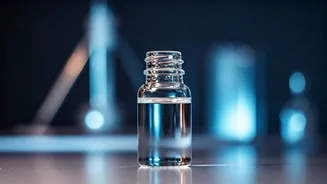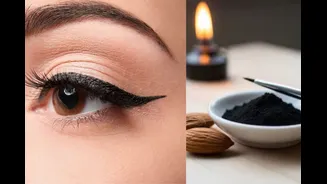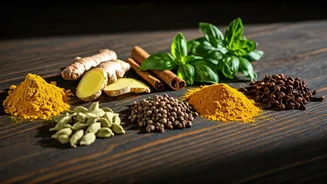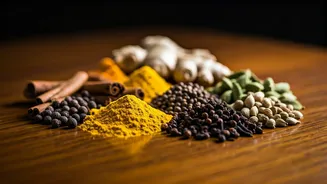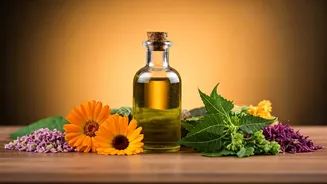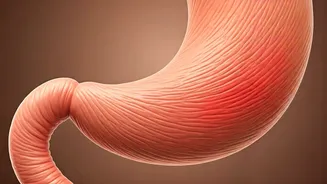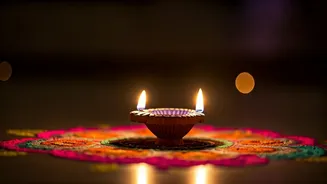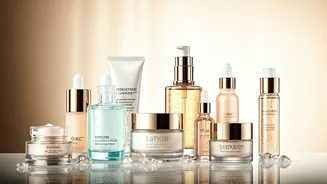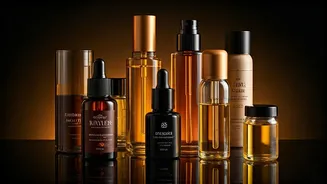Ancient Indian Skincare
In ancient India, skincare wasn't about elaborate routines; it was about embracing nature's gifts. Ingredients like Haldi (turmeric), Chandan (sandalwood),
and besan (gram flour) were staples. Haldi, renowned for its antiseptic properties, was used to heal wounds and brighten skin. Chandan, with its cooling effects, soothed skin and added a radiant glow. Besan served as a natural exfoliant, gently removing dead skin cells and impurities. These ingredients weren't just about beauty; they were deeply rooted in Ayurvedic principles, aiming to balance the body and mind. The approach was holistic, integrating skincare with overall well-being. These practices were passed down through generations, making skincare a cherished tradition.
Shift in Perception
The perception of skincare in India has shifted significantly. Previously, it was often seen as an indulgence, something reserved for special occasions or the wealthy. However, growing awareness of environmental factors, lifestyle changes, and the impact of the media has propelled skincare into the mainstream. The rise of social media influencers and beauty blogs has played a vital role, demystifying skincare routines and making them accessible to a wider audience. The increasing disposable income of the middle class, combined with a desire to look and feel good, has fueled the demand for skincare products. Consequently, skincare has become a vital part of daily routines for many people across India, reflecting a shift towards self-care.
Modern Ingredient Evolution
The modern Indian skincare market has embraced the advancements in scientific research and technology. Ingredients like Hyaluronic Acid, a humectant that draws moisture into the skin, have become increasingly popular. Retinoids, known for their anti-aging properties, are also gaining traction. Vitamin C serums are sought after for their antioxidant benefits and ability to brighten the skin. The focus has shifted from solely natural ingredients to a combination of traditional remedies and cutting-edge science. This evolution indicates a blending of the best of both worlds, where ancient wisdom meets modern innovation. People now seek products that offer targeted solutions, such as addressing hyperpigmentation, acne, and signs of aging.
Factors Driving Change
Several factors have contributed to the evolution of skincare in India. The increased exposure to international beauty standards through global media has played a role, inspiring a desire for healthier and more radiant skin. Furthermore, the rising air pollution levels in many Indian cities have made skincare more critical. Pollution can damage the skin, causing premature aging and other issues, leading people to seek effective ways to protect and repair their skin. The growth of e-commerce has also made skincare products easily accessible, particularly in remote areas. Changing lifestyles, including increased stress and exposure to digital screens, have also emphasized the importance of self-care and skincare.
Future of Skincare
The future of Indian skincare looks bright, with several key trends emerging. Personalized skincare, where products are tailored to individual skin types and concerns, will continue to gain momentum. The demand for sustainable and eco-friendly products is also growing, with consumers increasingly conscious of the environmental impact of their choices. Moreover, the integration of technology, such as AI-powered skin analysis tools, will enable people to make more informed decisions about their skincare routines. There will likely be a continued focus on natural ingredients, with brands exploring traditional Ayurvedic formulations and incorporating them into their products. The Indian skincare industry is poised for further innovation and growth, driven by a blend of tradition, technology, and evolving consumer needs.
